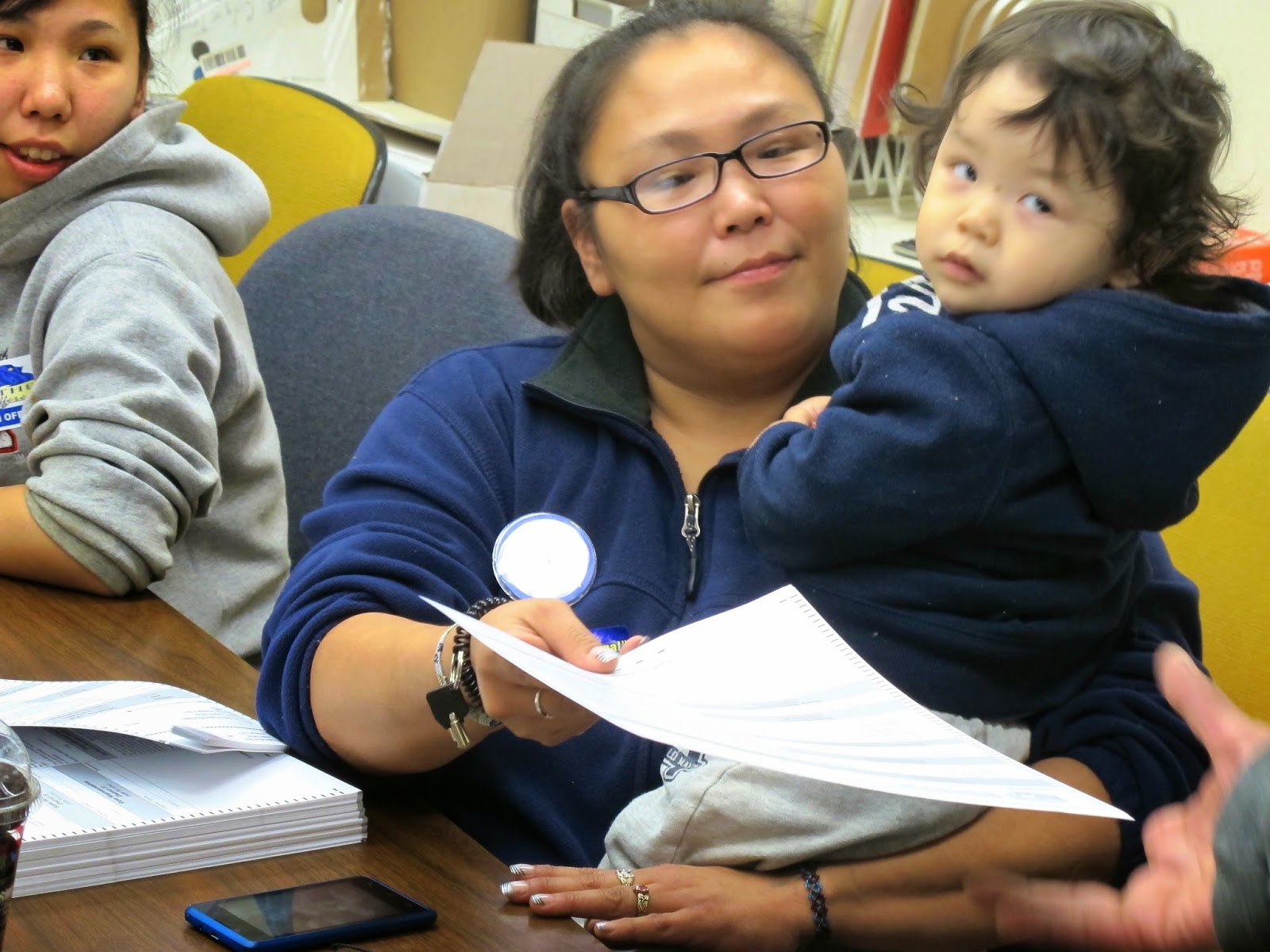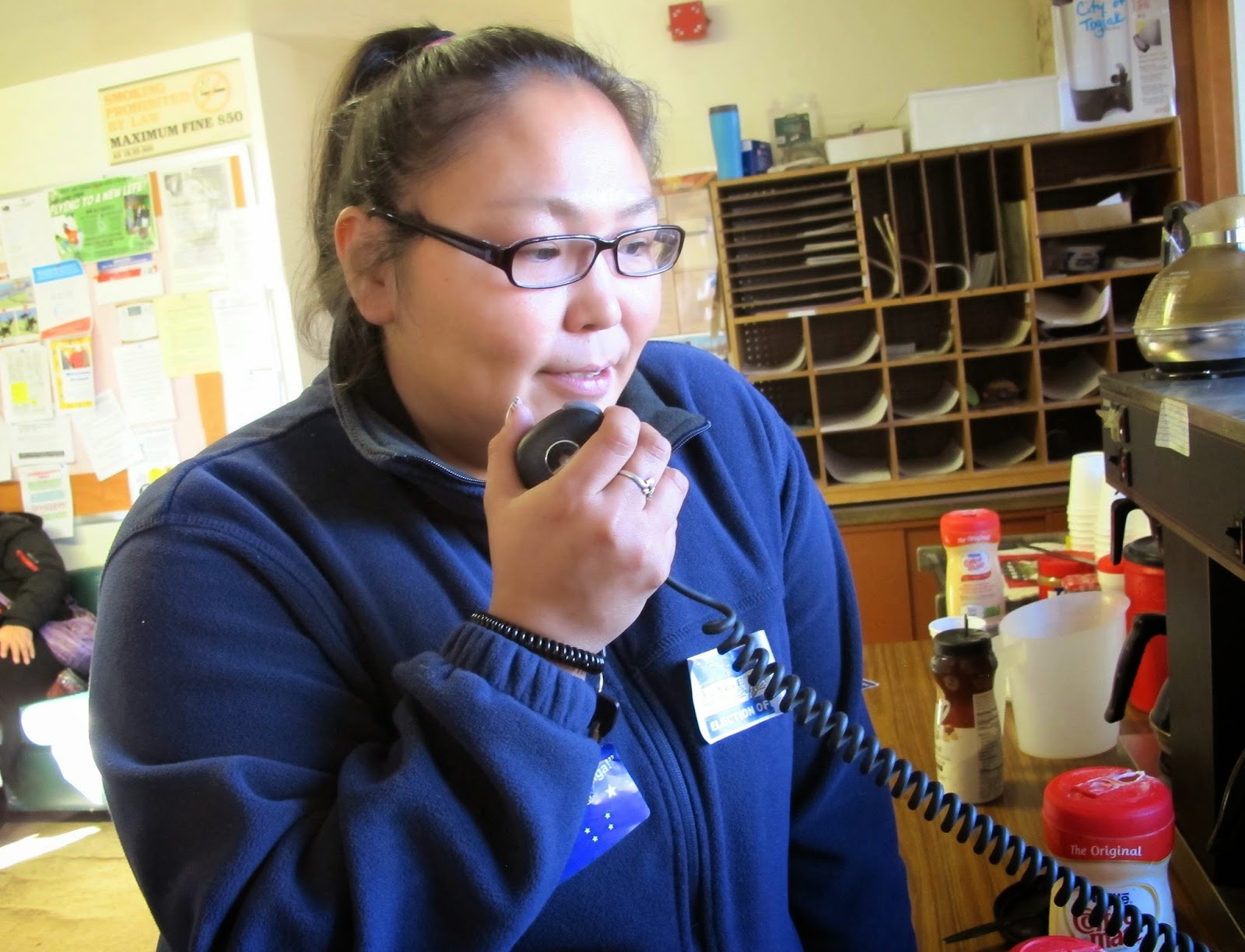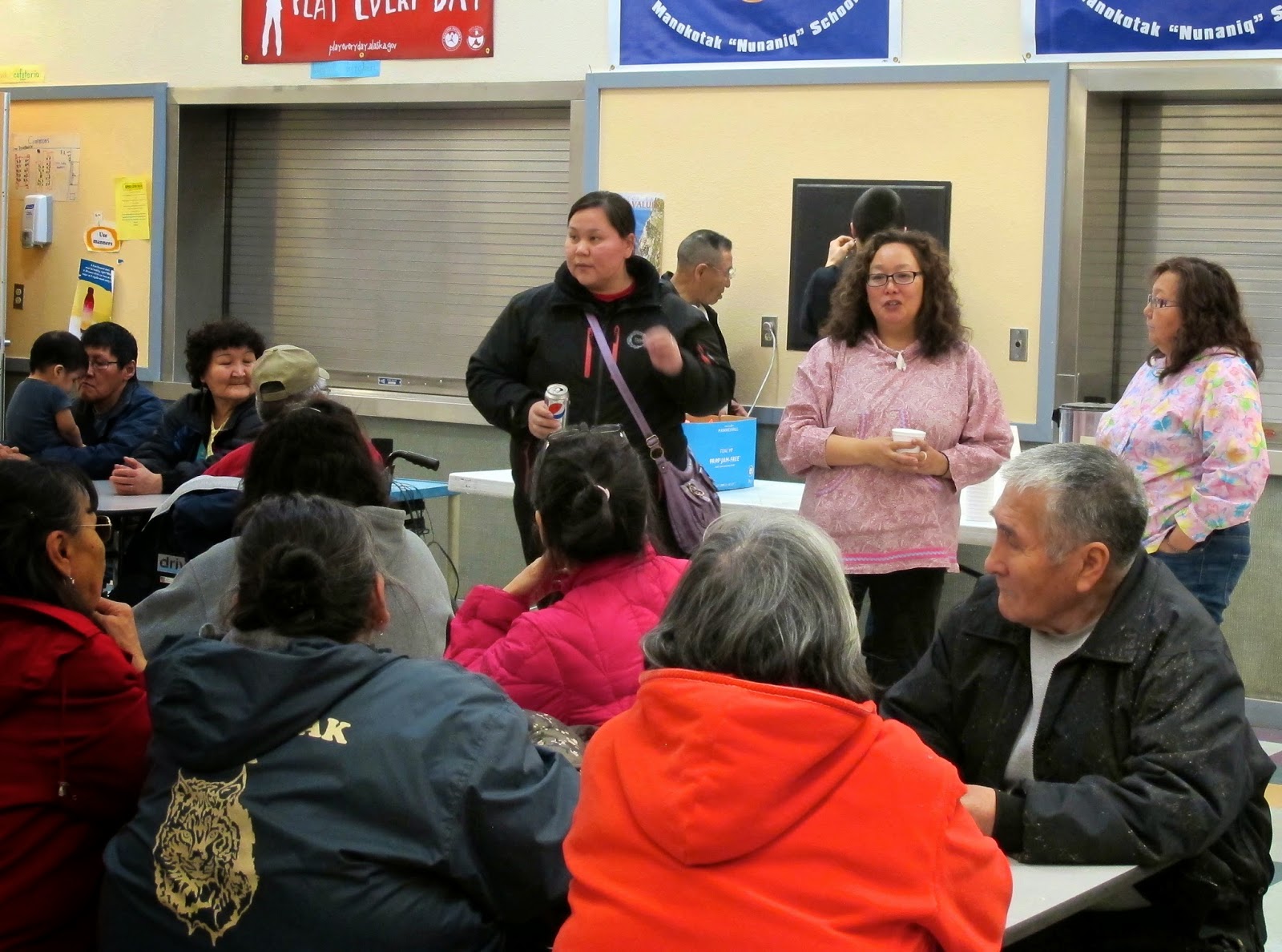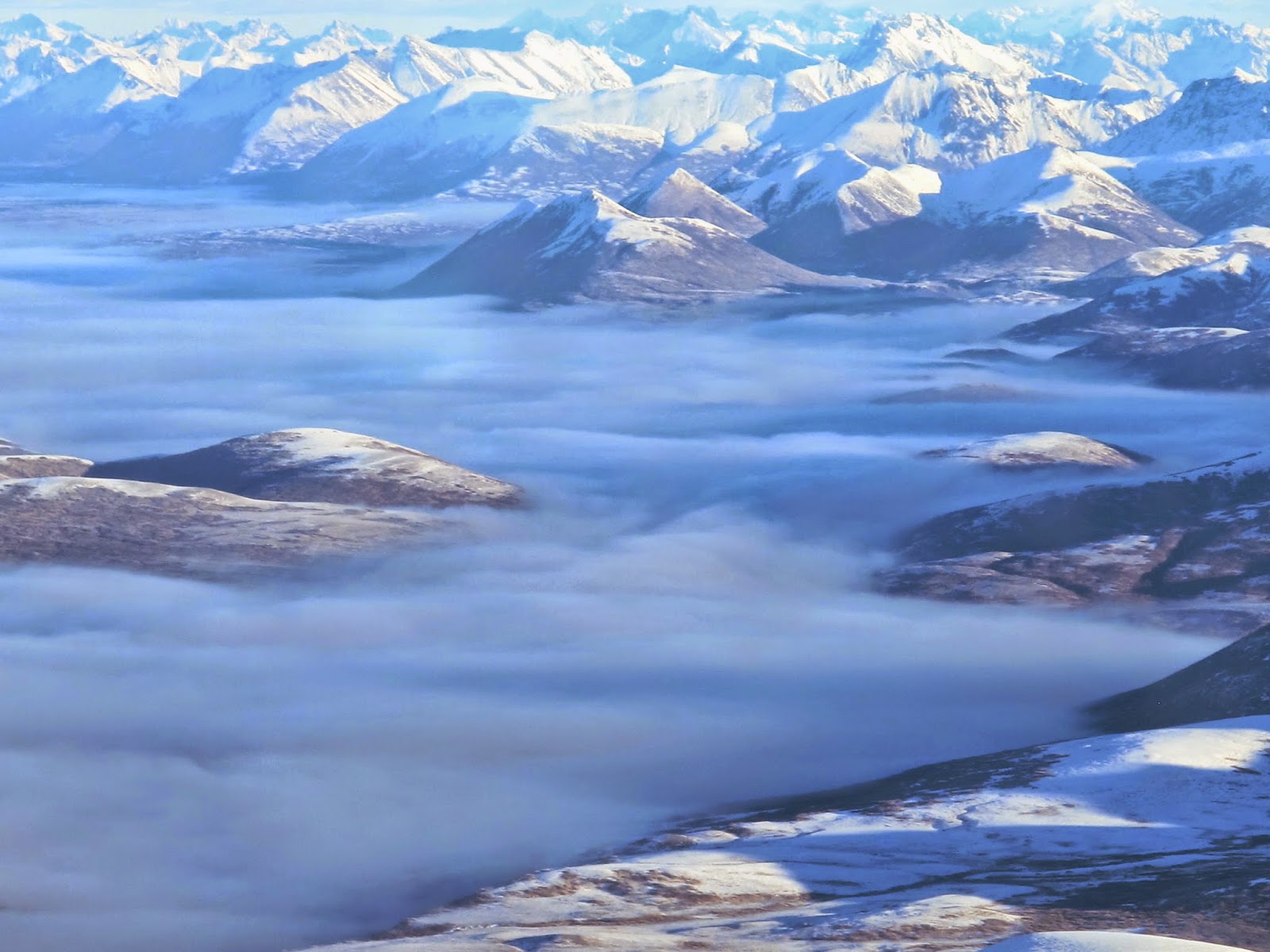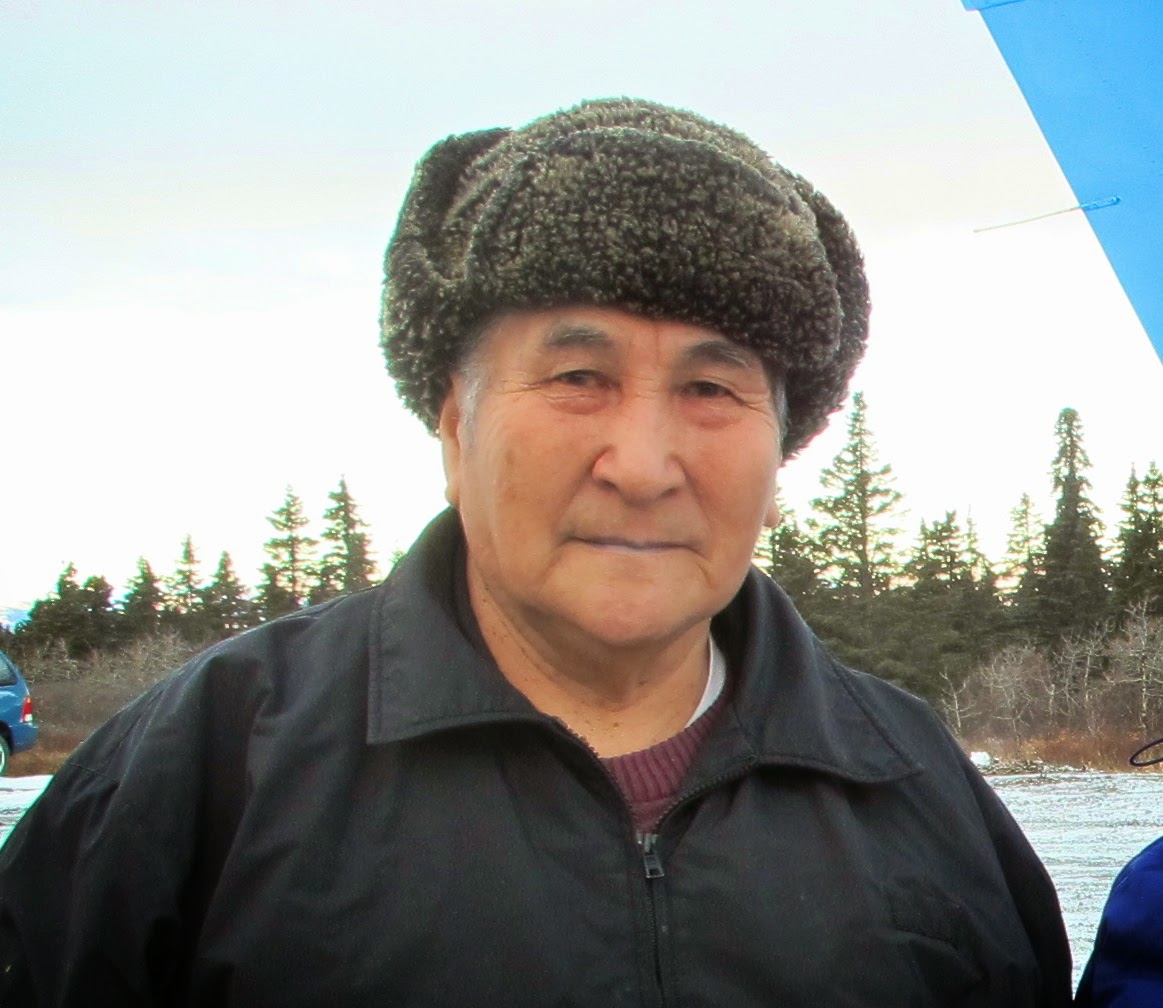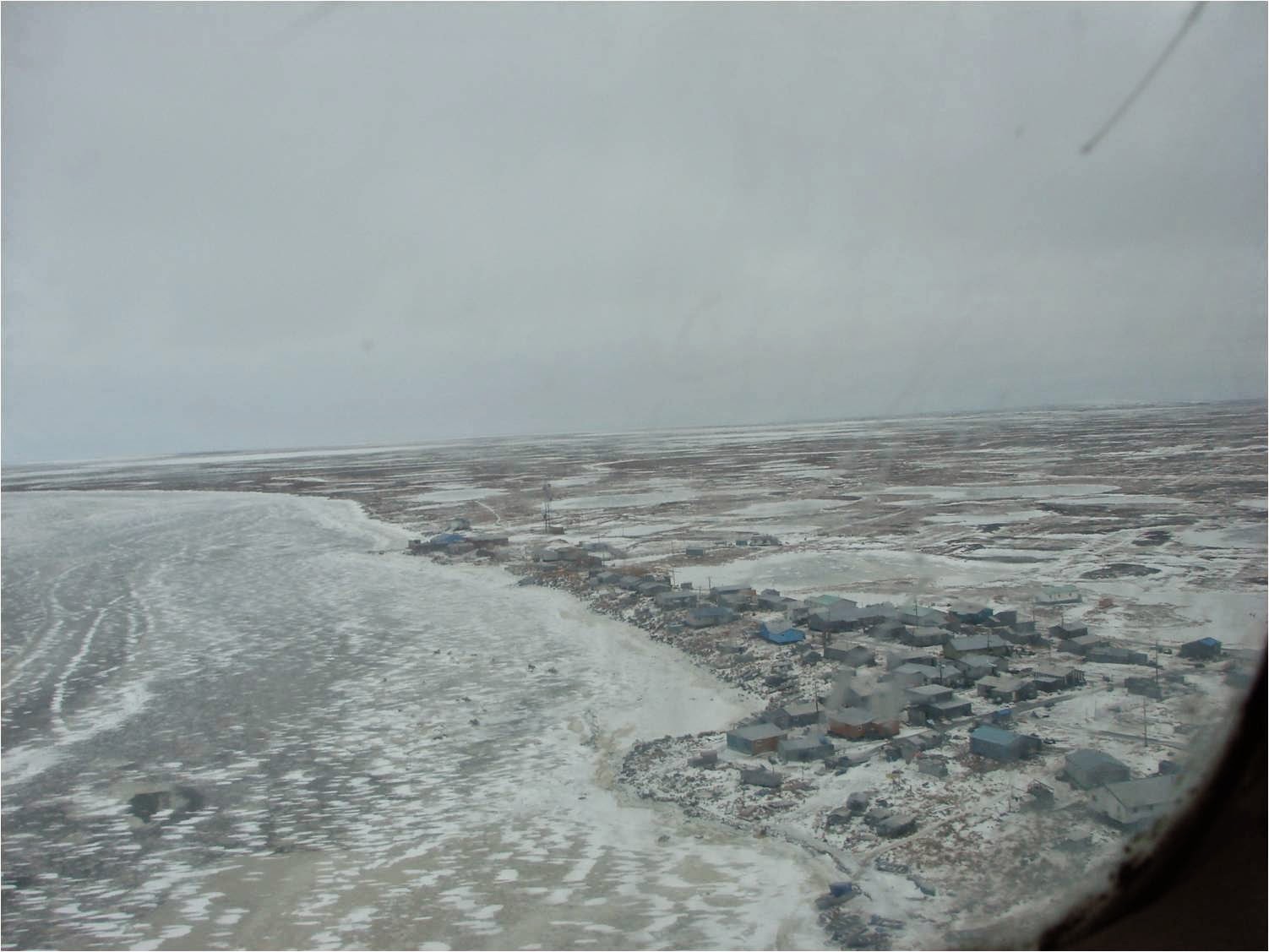Native Alaska Takes a Seat at the Table—And Plans to Stay There
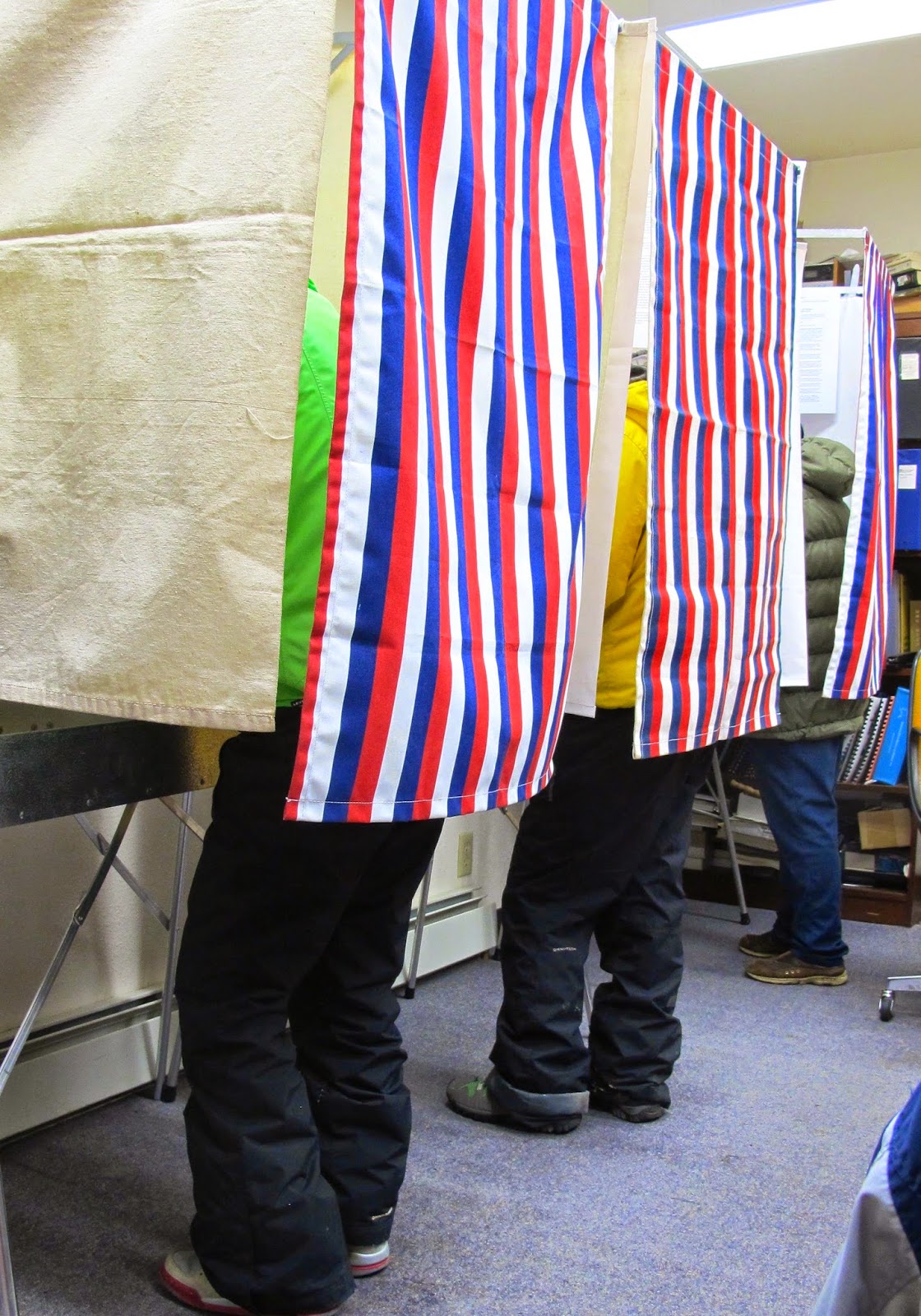
This article appeared on Indian Country Media Network in 2014. For more on topics like this, see my book, American Apartheid: The Native American Struggle.... “I saw so many Native people on the new governor’s transition team,” said Kim Reitmeier, president of ANCSA Regional Association, an organization for Native-corporation CEOs. “After this past election, our people are walking on air. There’s enthusiasm, and there’s optimism. There’s also a recognition that Alaska faces many challenges.” But this time, Native expertise is available, Reitmeier said. Ahead of taking office December 1, governor-elect Bill Walker and his Tlingit lieutenant governor, Byron Mallott, sought diverse advisors and opinions. Co-directing the Walker–Mallot transition team was Bethel Native Corporation’s Yup’ik CEO Ana Hoffman, also co-chair of the Alaska Federation of Natives (AFN), the state’s largest Native organization. More prominent Native transition-team members included First Alaskans I

